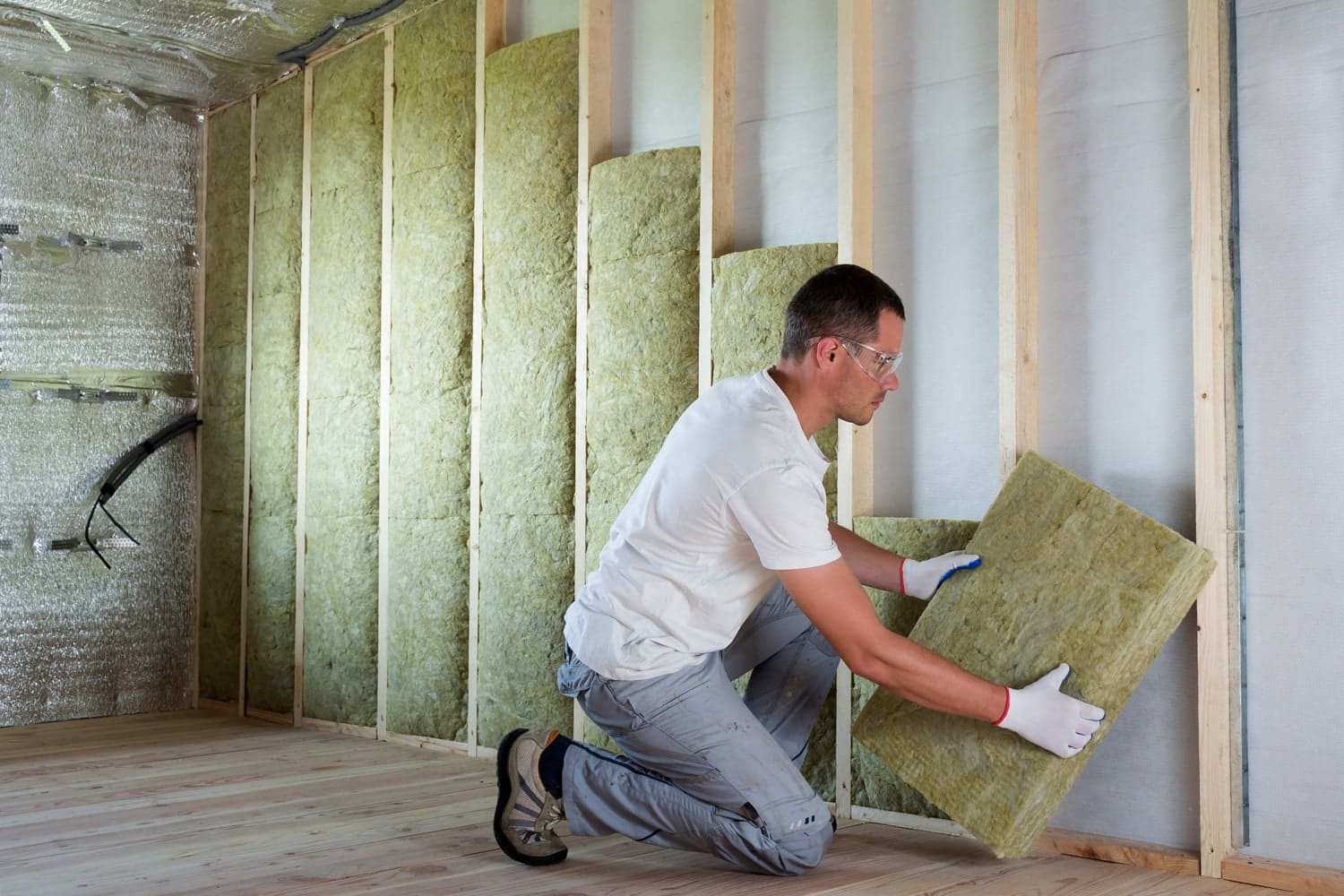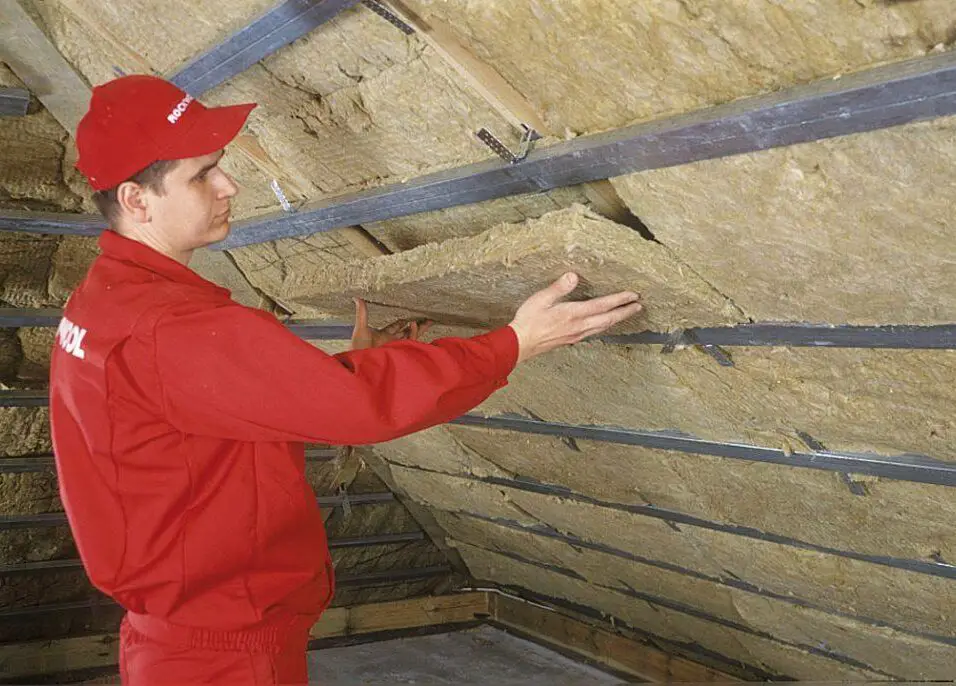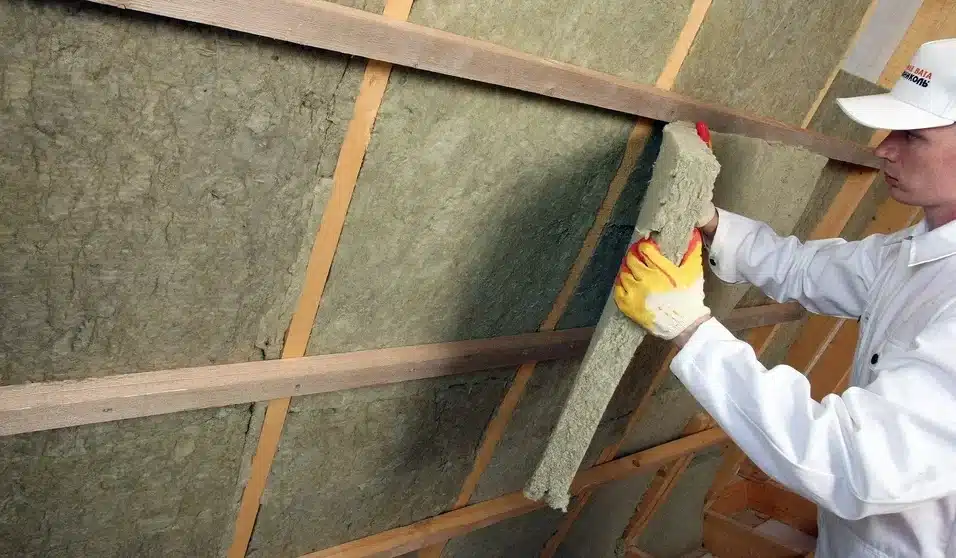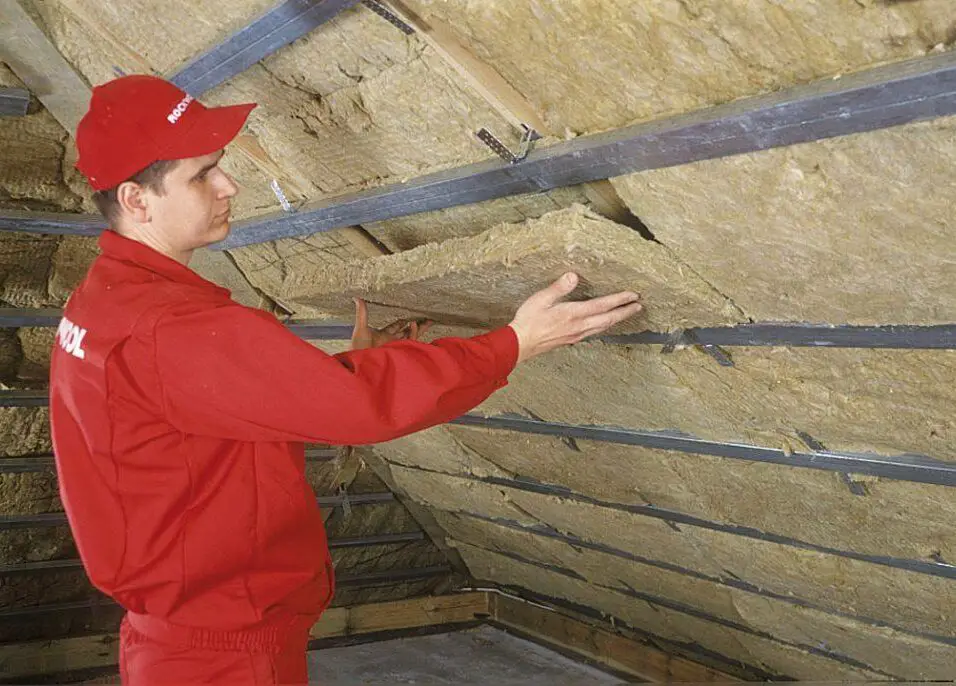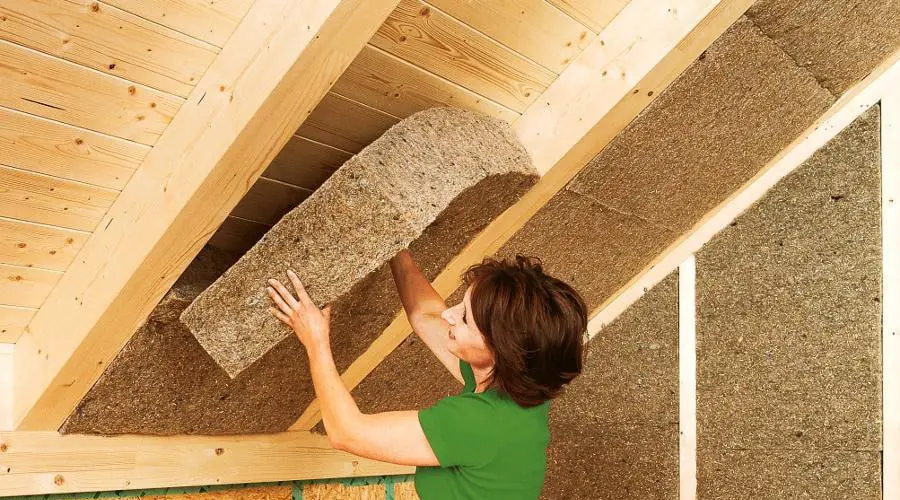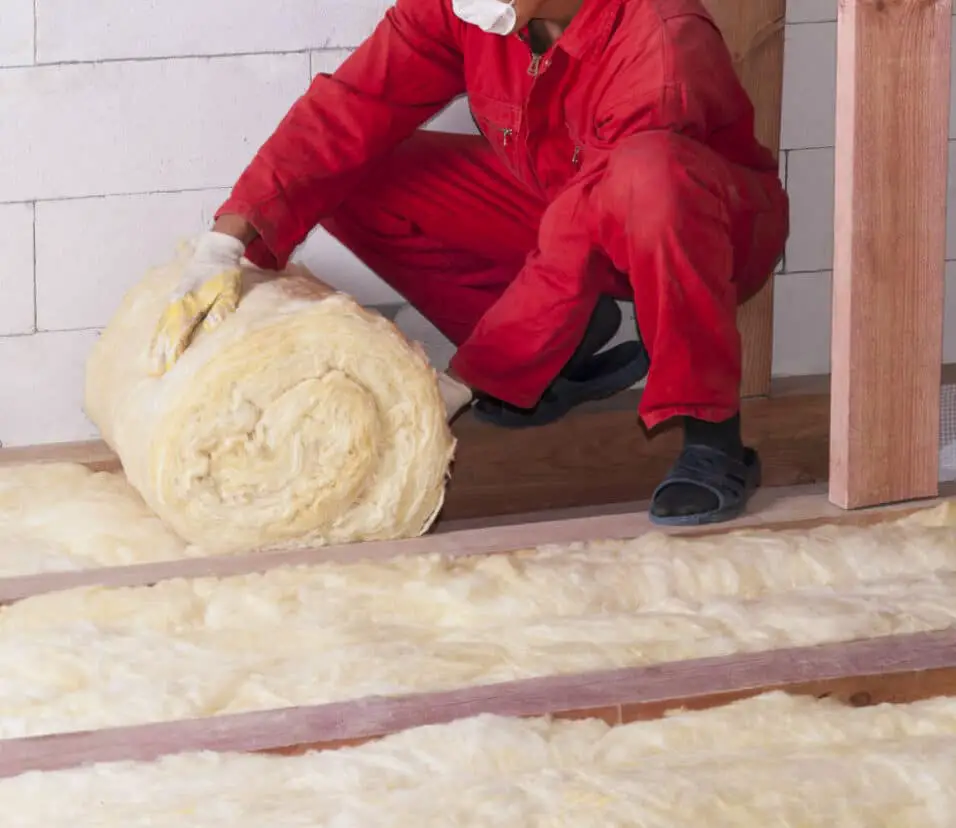How To Attach Foam Board Insulation
Introduction
How To Attach Foam Board Insulation: Integrating foam board insulation into your construction or renovation project is a strategic move to enhance energy efficiency and comfort. Whether you’re aiming to optimize temperature control, reduce utility costs, or simply create a more pleasant indoor environment, foam board insulation proves invaluable. This lightweight, versatile material effectively mitigates heat transfer and minimizes thermal bridging, making it a preferred choice for both residential and commercial applications.
Attaching foam board insulation demands careful execution to reap its full benefits. In this guide, we will delve into the essential steps and techniques required to properly install foam board insulation. From gathering the necessary tools and materials to ensuring a secure and airtight fit, we’ll cover the entire process to empower you with the knowledge needed to accomplish a successful installation.
Throughout this guide, we will emphasize the significance of accurate measurements, precise cutting, and appropriate adhesion methods to guarantee the insulation’s long-term effectiveness. By understanding the nuances of foam board insulation attachment, you will not only create a more energy-efficient space but also contribute to sustainable building practices.
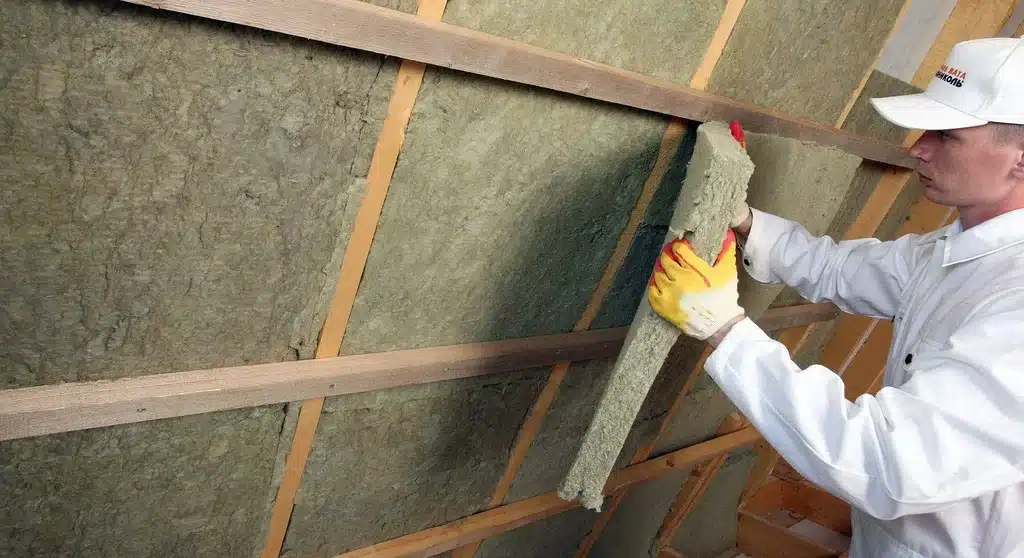
How do you attach foam board insulation to wood?
Coat the wood with foam insulation adhesive, then press the insulation lightly against the wood. Do not compress it, though. Wait until the adhesive begins to bond with the insulation before pressing it firmly. If the temperature is between 40 and 60 F, this takes 6 to 10 minutes.
To attach foam board insulation to wood, follow these steps for a secure and effective installation. Begin by measuring the dimensions of the area and cutting the foam board to fit precisely. Use a sharp utility knife for clean cuts. Apply construction adhesive to the back of the foam board, ensuring even coverage. Press the board firmly against the wood surface, aligning it accurately.
To further enhance adhesion, insert mechanical fasteners like screws or nails around the edges and at the center of the foam board. Make sure these fasteners are long enough to penetrate the wood without damaging the foam. Maintain uniform spacing to prevent warping or gaps.
If you’re attaching multiple foam boards, create tight joints by fitting the edges closely together. Apply adhesive to the edges of the boards to create a seamless connection. Finally, seal any gaps or seams with expanding foam insulation to prevent air leaks.
This method ensures a durable bond between the foam board insulation and the wood, effectively reducing heat transfer and improving energy efficiency in your space. Always prioritize safety by wearing appropriate protective gear and working in a well-ventilated area.
What is the best adhesive for foam board?
We highly recommend: 3M 78 Polystyrene Foam Insulation Spray Adhesive comes in an aerosol can and dries quickly. We think this is the best spray adhesive for foam board.
Selecting the optimal adhesive for foam board insulation is crucial to ensure a reliable and long-lasting installation. Polystyrene foam, commonly used in foam board insulation, requires an adhesive that provides a strong bond without damaging the material. Low-rise polyurethane foam adhesive stands out as an excellent choice due to its ability to create a robust connection while expanding to fill gaps and irregularities, enhancing insulation performance and airtightness.
Another viable option is construction adhesive designed specifically for foam board insulation. These adhesives typically have a low solvent content to prevent degradation of the foam, ensuring a secure attachment. Foam board adhesive is another specialized option, formulated to bond effectively with foam insulation materials.
Always check the manufacturer’s recommendations and test the adhesive on a small section of foam board before full application. Apply the adhesive evenly to the back of the foam board, using a trowel or notched spreader for consistent coverage. Prioritize proper ventilation during application and drying to disperse fumes. By choosing the right adhesive, you guarantee a successful foam board insulation installation that enhances energy efficiency, comfort, and the longevity of your structure.
Can I glue foam insulation to concrete?
Many people choose to place styrofoam onto their concrete as insulation. Yes, gluing foam insulation to concrete is a viable method to enhance energy efficiency and thermal comfort. Before applying the adhesive, ensure that the concrete surface is clean, dry, and free from any dust, debris, or contaminants. Use a wire brush or other suitable method to prepare the surface if necessary.
Press the foam insulation firmly against the concrete surface, ensuring proper alignment. Proper ventilation during adhesive application and drying is important to disperse any fumes. By following these steps, you can effectively attach foam insulation to concrete, improving insulation performance and overall energy efficiency.
What is the best adhesive for foam board to drywall?
When attaching foam board insulation to drywall, choosing the right adhesive is essential to ensure a secure and effective bond that enhances insulation performance. Low-rise polyurethane foam adhesive expands as it cures, filling any gaps or irregularities between the foam board and drywall. This not only enhances the insulation’s effectiveness but also helps to create an airtight seal, preventing drafts and energy loss.
Before applying the adhesive, ensure that the drywall surface is clean, dry, and free from any dust or debris. Apply the adhesive evenly to the back of the foam board, using a trowel or notched spreader to achieve consistent coverage. Press the foam board firmly against the drywall, aligning it accurately and allowing the adhesive to expand and create a strong bond.
By using low-rise polyurethane foam adhesive, you can confidently attach foam board insulation to drywall, creating a well-insulated and energy-efficient indoor environment. Always follow the manufacturer’s guidelines and prioritize proper ventilation during adhesive application and drying.
What are the primary benefits of attaching foam board insulation in construction or renovation projects?
This leads to decreased reliance on heating and cooling systems, subsequently lowering energy consumption and utility bills.
Foam board insulation also acts as an effective barrier against moisture and condensation, preventing potential water damage and mold growth. It mitigates thermal bridging, minimizing temperature fluctuations at wall and roof junctions. Additionally, foam insulation can improve soundproofing by dampening external noises, creating a more peaceful interior environment.
Foam board insulation is lightweight and easy to install, making it suitable for various applications. Its durability ensures a prolonged lifespan, reducing the need for frequent replacements. By increasing a building’s energy efficiency and overall performance, foam board insulation aligns with sustainable practices and environmental conservation goals. Overall, attaching foam board insulation offers a comprehensive solution that enhances comfort, decreases energy consumption, and fosters a healthier and more sustainable living or working space.
Could you outline the key steps involved in preparing foam board insulation for attachment?
Preparing foam board insulation for attachment involves a systematic approach to ensure a successful and lasting installation. Employ a straight edge and a sharp utility knife to achieve precise cuts, ensuring a snug fit.
Next, examine the chosen adhesive’s compatibility with foam insulation and the surface you’re attaching it to. Gather the necessary tools such as a trowel or notched spreader for adhesive application, and mechanical fasteners like screws or nails if needed.
Clean the back of the foam board to remove any debris that might hinder proper adhesion. Apply the selected adhesive evenly to the foam board, ensuring consistent coverage to promote a strong bond. If using mechanical fasteners, determine their placement, spacing, and length to secure the insulation effectively.
For multiple foam board pieces, ensure tight joints by aligning edges closely and applying adhesive to create a seamless connection. Address any gaps with expanding foam insulation to prevent air leaks.
By meticulously following these steps, you’ll prepare foam board insulation for attachment, setting the foundation for an efficient and long-lasting insulation installation that contributes to energy savings and improved indoor comfort.
What safety precautions should be taken when attaching foam board insulation, especially in terms of protective gear and workspace ventilation?
When attaching foam board insulation, prioritizing safety is crucial to prevent potential hazards and ensure a secure installation process. Firstly, wear appropriate personal protective equipment (PPE), including safety goggles, gloves, and a dust mask or respirator. This safeguards you from adhesive fumes, dust, and any potential debris generated during cutting or installation.
Ensure proper workspace ventilation by opening windows or using fans to dissipate fumes and maintain fresh air circulation. Adequate ventilation prevents the accumulation of airborne particles and fumes, reducing the risk of respiratory irritation.
Avoid working in confined spaces without proper ventilation, as this can lead to an increased concentration of fumes and limited oxygen supply. If you experience dizziness, difficulty breathing, or any discomfort, immediately move to an area with better air circulation.
Read and follow the manufacturer’s instructions on adhesives and other materials to ensure proper handling and application. By adhering to these safety precautions, you can create a secure and comfortable workspace while minimizing potential health risks associated with attaching foam board insulation.
What types of adhesives are commonly used to attach foam board insulation, and how do they differ in terms of effectiveness and suitability for various surfaces?
Several types of adhesives are commonly used to attach foam board insulation, each with distinct characteristics that influence their effectiveness and suitability for different surfaces. Low-rise polyurethane foam adhesive is a versatile choice, often preferred for its strong bond, expansion properties, and compatibility with various materials, including wood, concrete, and drywall. It fills gaps and irregularities, enhancing insulation performance and airtightness.
Construction adhesive specifically formulated for foam insulation offers a secure bond and minimal solvent content, preventing potential damage to foam materials. It’s well-suited for foam-to-foam and foam-to-other material attachments.
Selecting the right adhesive depends on factors such as the materials you’re attaching, the desired bond strength, and the project’s specific requirements. Always refer to manufacturer recommendations to ensure proper adhesive selection and application.
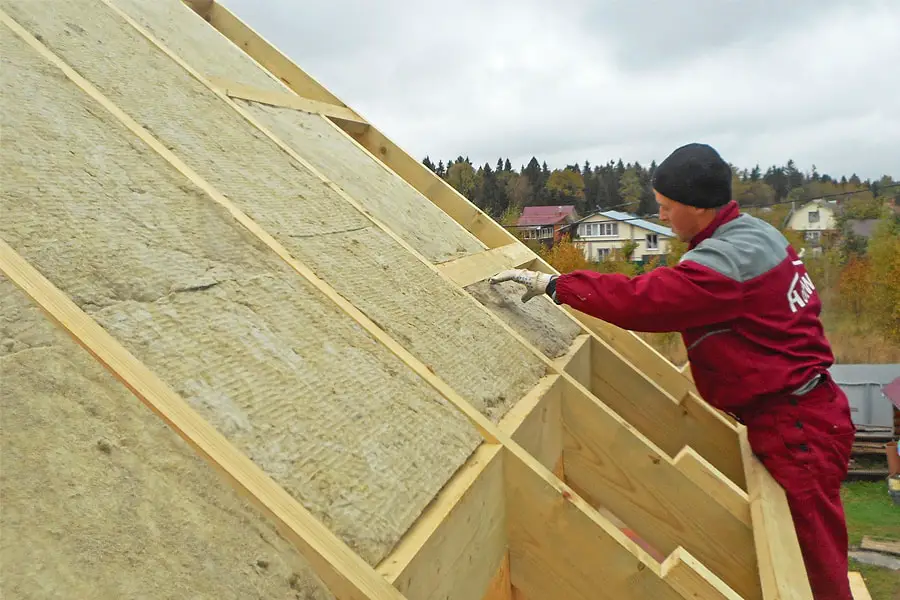
Conclusion
The proper attachment of foam board insulation is a pivotal step toward achieving enhanced energy efficiency, thermal comfort, and cost savings in your building project. By following the outlined steps and techniques, you can ensure a successful installation that maximizes the insulation’s effectiveness and longevity.
Remember that precision is key throughout the process, from accurate measurements and meticulous cutting to employing appropriate adhesion methods. Prioritize safety and adhere to local building codes to guarantee a secure and compliant installation.
As you wrap up your insulation project, take pride in the contributions you’ve made to creating a more sustainable and eco-friendly living or working space. The benefits of foam board insulation extend beyond the initial installation, providing ongoing rewards in the form of reduced energy consumption and a more comfortable indoor environment.
Whether you’re a seasoned DIY enthusiast or a professional contractor, mastering the art of attaching foam board insulation will empower you to make informed decisions and execute installations that stand the test of time. With your newfound knowledge, you’re well-equipped to enjoy the long-term advantages of a well-insulated space that supports both your comfort and your commitment to energy efficiency.



